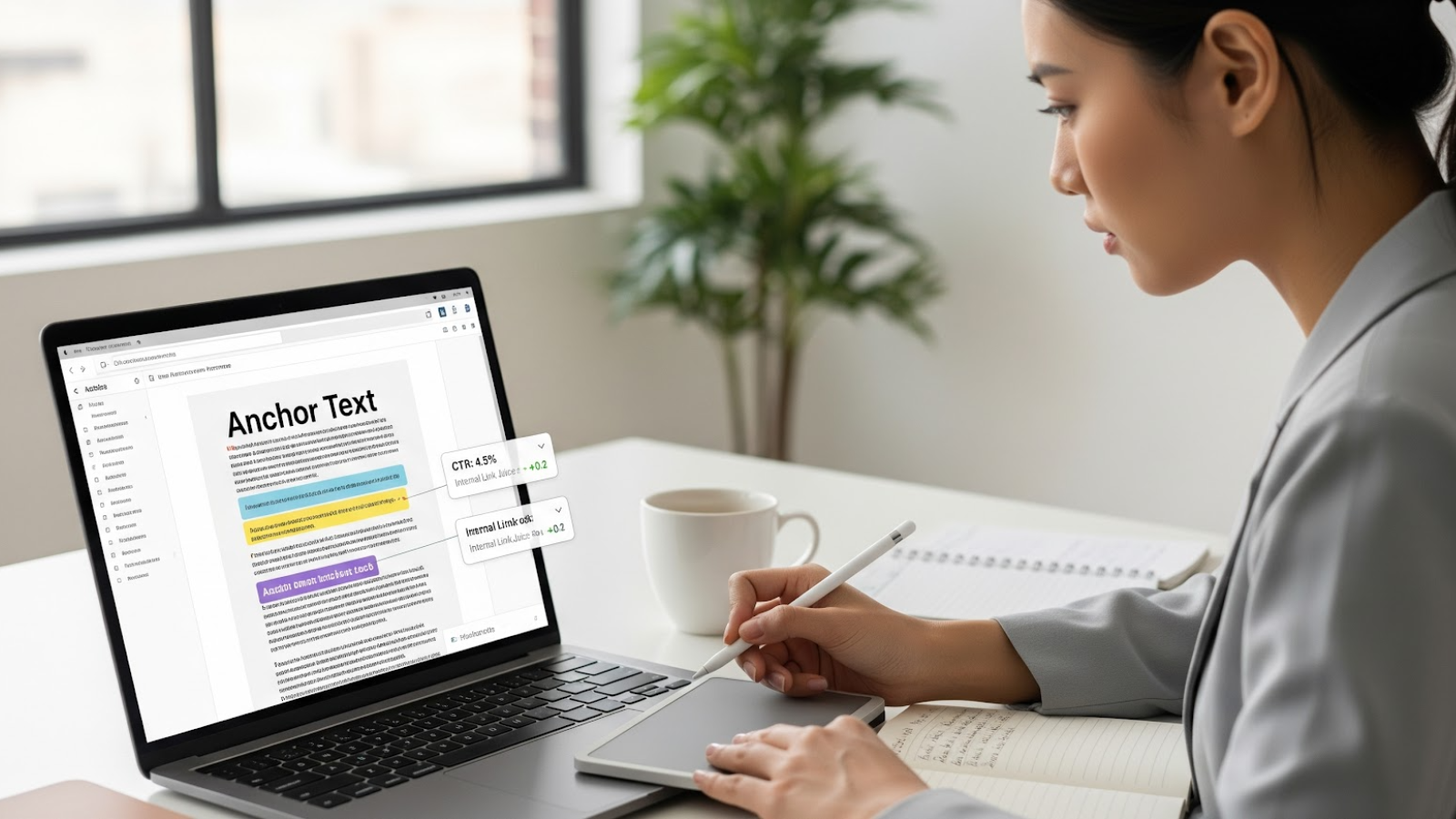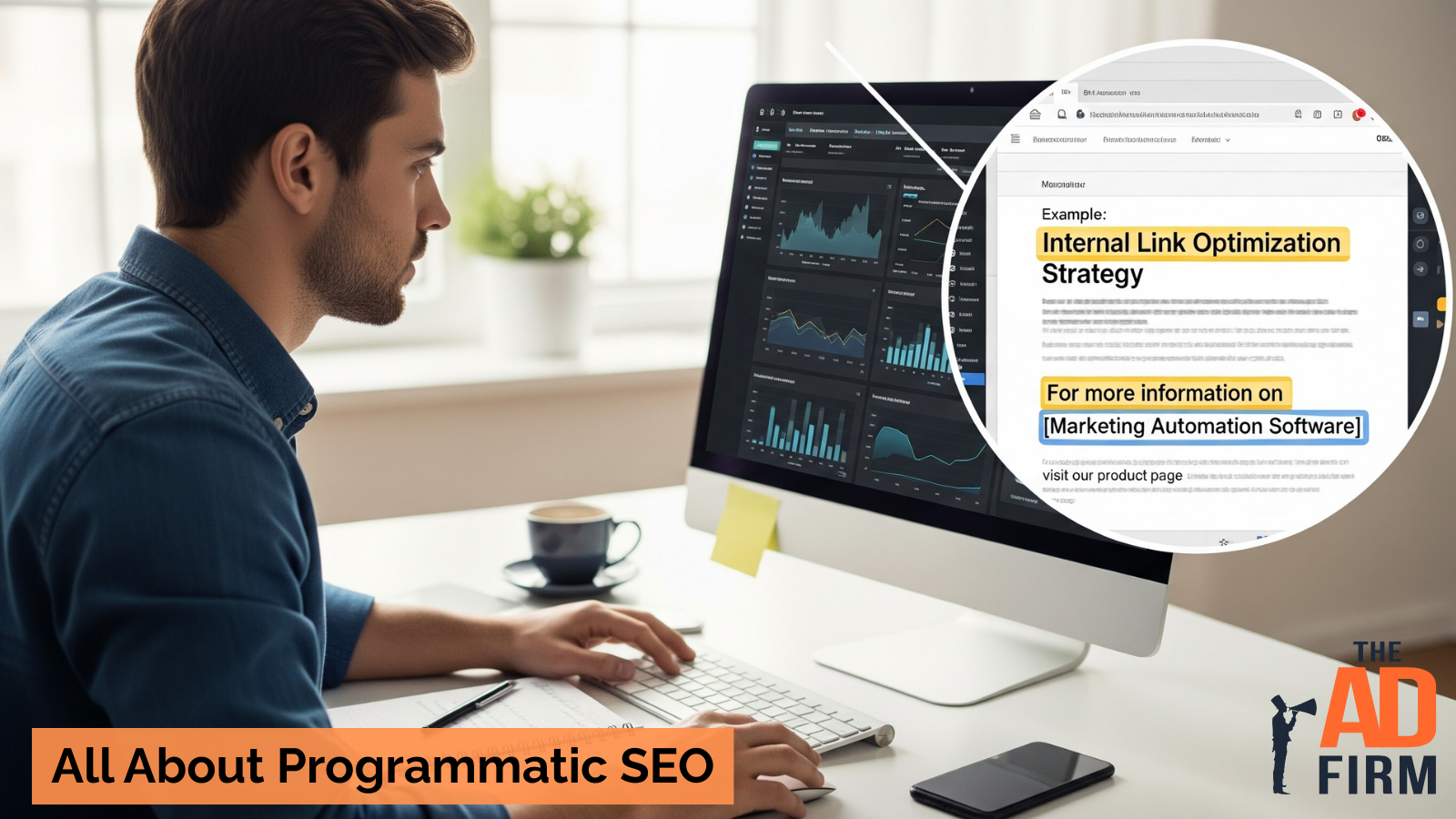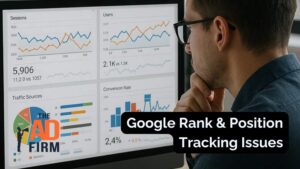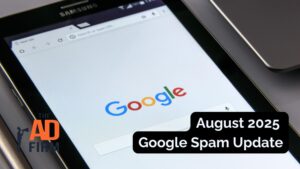When you see clickable words in an article or webpage, that’s anchor text, the text inside a hyperlink. It tells you where the link will take you and gives context before you even click. For search engines, anchor text acts like a label, helping them understand what the linked page is about.
An experienced SEO company knows that anchor text is more than just a design feature. It’s a powerful tool for connecting pages in a way that improves navigation for readers and clarity for search engines.
When done correctly, it enhances relevance, boosts rankings, and facilitates a smooth transition from one page to the next for users.
Why Internal Anchor Text Matters
Anchor text may look simple, but it plays a significant role in how people and search engines understand your site. For users, it works like a roadmap, guiding them toward pages that expand on what they’re already reading. Clear and descriptive anchor text makes the browsing experience smoother, helping visitors find exactly what they need without confusion.
Search engines also rely heavily on anchor text. When Google crawls your site, it uses the clickable words to determine how your pages are connected and what topics they cover. This context enhances the way search engines categorize your site, improving the alignment of your content with specific search queries.
The impact on SEO is direct: better anchor text creates stronger topical relevance, which increases your chances of ranking. It also helps distribute authority across your site, ensuring essential pages aren’t overlooked. Done correctly, anchor text turns your internal links into signals of trust and usefulness.
How Can Internal Linking Influence Keyword Ranking?
Internal linking is one of the most effective ways to indicate to Google which pages are most important on your site. Each time you link to a page with thoughtful anchor text, you’re signaling to search engines that the page is significant and deserves attention.
Well-optimized anchor text enhances keyword rankings by clearly indicating the topic of the linked page. For example, linking the words “guide to product photography” to a blog on that topic tells Google exactly what that page covers. This clarity helps the page rank better for the intended keyword.
Internal linking also builds topical authority. When multiple related pages connect through consistent, descriptive anchor text, search engines see your site as a stronger resource on that subject. Over time, this authority improves rankings not just for one page, but across your entire site. The result is a structure where users and search engines alike know where to find your best content.
Amplify Your Market Strategy with The Ad Firm
- PPC: Master the art of pay-per-click advertising to drive meaningful and measurable results.
- SEO: Elevate your visibility on search engines to attract more targeted traffic to your site.
- Content Marketing: Develop and implement a content marketing strategy that enhances brand recognition and customer engagement.
Best Practices for Internal Anchor Text Optimization

Use Descriptive, Keyword-Rich Text
Anchor text should inform readers and search engines about the content of the linked page. Vague text, such as “click here,” adds no context and wastes an opportunity to clarify the page’s topic.
- Replace vague text with clarity: Instead of using generic instructions like “learn more,” choose text that tells readers exactly where they’ll go, such as “guide to small business marketing.” This helps set clear expectations before they click, avoiding frustration. When readers know what to expect, they are more likely to trust your site and stay longer. Over time, this clarity also helps search engines categorize and rank your pages more accurately.
- Include the main keyword naturally: Strong anchor text often contains the keyword or a close variation of the page it links to. For example, in ecommerce SEO, if a page is about commercial laundry equipment, it should use ‘commercial laundry solutions’ in your anchor text is far more helpful than “click here.” This reinforces the topic without feeling repetitive or forced. Used wisely, keywords in anchor text help both people and search engines understand the connection between your pages.
- Balance keywords with readability: Keywords should support your message, not dominate it. Anchor text that is overloaded with keywords looks awkward and discourages clicks because it feels unnatural. Writing links as part of smooth, natural sentences keeps the flow intact for the reader. This balance ensures that anchor text serves its purpose while still being easy to read.
Prioritize Relevance in Your Links
A strong internal link is only valuable if it points to a page that fits the current topic. Relevance makes the user journey smoother and helps search engines understand how your content pieces relate to each other.
- Keep links closely related: If you’re writing an article about digital campaigns for a digital marketing agency, a link to a service page about social media strategy makes sense, but a link to a company history page does not. Relevant links give the reader extra information without disrupting their focus. This type of connection also indicates to Google that your content thoroughly covers a topic. Over time, maintaining tightly related links strengthens your credibility and rankings.
- Use topic clusters for structure: A topic cluster is when several related blogs all connect back to one detailed “pillar” page. For example, blogs on email tips, ad strategies, and local SEO could all link back to a main digital marketing guide. This structure informs search engines that you possess in-depth expertise on the subject. It also makes your site easier for readers to navigate, since they can explore related topics without leaving the cluster.
- Highlight cornerstone pages: Some pages, like your homepage, service overviews, or in-depth guides, are more critical than others. Internal links pointing to these cornerstone pages signal to both users and Google that these are high-priority destinations. By consistently reinforcing these pages, you help them rank higher and attract more attention. This also ensures readers end up on the most valuable content your site offers.
Maximize Your Online Impact with The Ad Firm
- Local SEO: Capture the local market with strategic SEO techniques that drive foot traffic and online sales.
- Digital PR: Boost your brand’s image with strategic digital PR that connects and resonates with your audience.
- PPC: Implement targeted PPC campaigns that effectively convert interest into action.
Maintain Variety and Balance
Using the exact anchor text repeatedly can feel unnatural and even appear manipulative to search engines. Mixing it up makes your site more user-friendly and trustworthy.
- Vary your word choices: Switch between exact matches, partial matches, and branded terms when creating anchor text. This makes your site feel more natural to both readers and search engines. For example, you might use “SEO services,” “expert SEO strategies,” or your company name in different places. A mix of styles ensures your links look authentic and not over-optimized.
- Avoid overusing one phrase: Repeating the same anchor text dozens of times signals manipulation and looks unhelpful to readers. Instead, spread variations across your site so no single phrase dominates. This not only protects your site from appearing spammy but also makes content easier to read. Readers will notice fresh wording, which keeps their interest longer.
- Blend links into sentences: Anchor text works best when it feels like part of a normal sentence. For example, “See our local SEO services for details” is smoother than dropping a keyword unnaturally. When links blend into the content, they encourage readers to keep reading and clicking naturally. Smooth integration also helps your writing feel more professional and less forced.
How to Choose Anchor Text for Internal Links
Selecting the correct anchor text is more than just dropping in a keyword — it’s about guiding readers clearly while signaling relevance to search engines. The best anchor text matches both the page you’re linking from and the one you’re pointing to.
- Start with the target page’s primary focus: Review the page you want to link to and identify its primary keyword or topic. Your anchor text should reflect that subject without being a copy-paste of the keyword itself. For example, linking to a blog on “email deliverability tips” could use anchor text like “improving email delivery rates.” This gives readers a preview of the destination while staying true to the page’s intent.
- Match user expectations directly: Think about what someone hopes to see when they click the link. If the anchor text says “local restaurant guide,” the page should contain detailed listings, not general food blogs. Misaligned text creates frustration and damages trust. Meeting expectations consistently builds confidence in your links and your site.
- Keep anchor text short and specific: Long, wordy anchors can look clumsy and confuse readers. A precise phrase of two to five words is usually enough to describe the link accurately. Shorter text is also easier for search engines to interpret without diluting meaning. The goal is to provide just enough detail for clarity while maintaining readability.
- Check readability on its own: Imagine the anchor text being read out loud without surrounding context. If it still makes sense, like “best running shoes” or “SEO audit guide,” you’ve chosen well. This test ensures your anchor is strong even when isolated. It also helps prevent filler text that adds no real value.
Read Also: How to Create the Perfect Internal Linking Formula for SEO
Enhance Your Brand Visibility with The Ad Firm
- SEO: Enhance your online presence with our advanced SEO tactics designed for long-term success.
- Content Marketing: Tell your brand’s story through compelling content that engages and retains customers.
- Web Design: Design visually appealing and user-friendly websites that stand out in your industry.
Placement and Strategy for Internal Links
Where and how you place internal links can influence both their usefulness for readers and their weight for search engines. Thoughtful placement helps direct attention to the right content while maintaining a smooth navigation experience.
- Add links in natural reading flow: Place internal links within the main body of your content rather than forcing them into headers or sidebars. Readers are more likely to click links that appear naturally as they’re learning about a topic. This approach also gives the anchor text a stronger context. Search engines favor links that are part of meaningful paragraphs rather than isolated blocks.
- Distribute links across multiple pages: Don’t rely on a few articles to carry all your internal links. Spread links throughout your content library so authority is shared evenly across your site. This prevents essential pages from being buried too deep. A well-distributed linking structure makes it easier for both readers and search engines to discover valuable content.
- Link more often to priority pages: While balance is essential, some pages deserve extra attention. Service pages, cornerstone blogs, or high-value guides should receive more internal links than less critical posts. This tells Google which pages represent the core of your site. It also helps readers quickly find your most essential resources.
- Connect new content to existing posts: Whenever you publish a fresh article, add internal links to older, related content. This creates a two-way network that keeps older pages relevant and gives the new page an immediate boost in visibility. It also improves navigation by showing readers multiple angles on a topic. Over time, this habit keeps your site tightly connected and up to date.
Smarter Internal Linking That Boosts Your Rankings
Internal anchor text is a powerful SEO lever, but using it effectively requires strategy, consistency, and proper support. The Ad Firm offers end-to-end SEO services, including on-page optimization, content development, website structure improvements, and detailed audits, which all help anchor text efforts pay off.
If your site needs help making internal links more relevant, organizing related content, or fixing weak anchor text that confuses search engines, the right partner makes the difference.
Streamline Your Digital Assets with The Ad Firm
- Web Development: Build and manage high-performing digital platforms that enhance your business operations.
- SEO: Leverage advanced SEO strategies to significantly improve your search engine rankings.
- PPC: Craft and execute PPC campaigns that ensure high engagement and superior ROI.
Contact The Ad Firm today to get a custom plan that improves your internal linking strategy, clarifies your site’s content hierarchy, and enhances topical relevance. Hence, both your rankings and user experience receive a boost.




